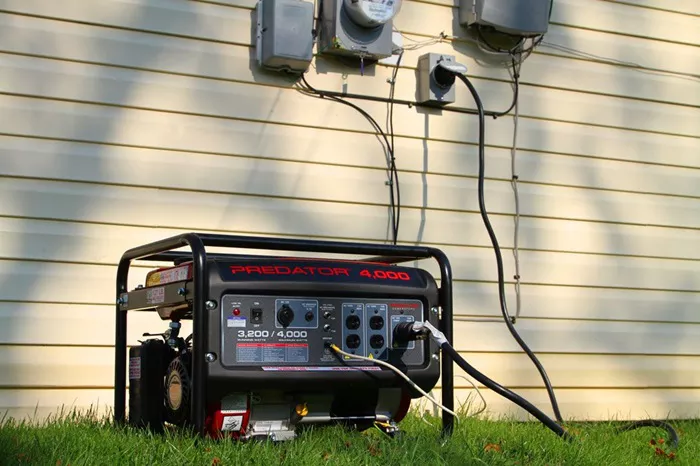Power outages can disrupt daily life, damage appliances, and even pose safety risks. A home generator ensures uninterrupted electricity, but choosing the right size is crucial. An undersized generator won’t power all essential appliances, while an oversized one wastes fuel and money. This guide explains how to estimate the correct generator size using professional electrical principles in simple terms.
Understanding Generator Sizing Basics
What Is Generator Capacity
Generator capacity is measured in watts (W) or kilowatts (kW) (1 kW = 1,000 W). It indicates how much electrical load the generator can handle. There are two key power ratings:
Running (Rated) Watts – Continuous power the generator supplies.
Starting (Surge) Watts – Extra power needed when motors start (e.g., refrigerators, air conditioners).
Why Proper Sizing Matters
Too Small: Overloads the generator, causing shutdowns or damage.
Too Large: Inefficient fuel consumption and higher costs.
Step-by-Step Guide to Estimating Generator Size
List Essential Appliances
Identify which appliances you need during an outage. Common essentials include:
- Refrigerator
- Lights
- Sump pump
- Heating/Cooling system
- Microwave
- TV & Wi-Fi
- Medical equipment (if applicable)
Calculate Total Power Needs
Add Running Watts – Sum the running watts of all appliances.
Account for Starting Watts – Only the highest starting wattage is added (not all appliances start simultaneously).
Example Calculation
Refrigerator: 700 W (running) + 2,200 W (starting)
Lights: 100 W
Sump Pump: 800 W (running) + 1,300 W (starting)
Microwave: 1,000 W
Total Running Watts = 700 + 100 + 800 + 1,000 = 2,600 W
Highest Starting Watts = 2,200 W (refrigerator)
Total Generator Size Needed = Running Watts + Highest Starting Watts = 2,600 + 2,200 = 4,800 W (4.8 kW)
Consider Future Needs
If you plan to add more appliances later, choose a generator with 20-25% extra capacity.
Types of Generators and Their Suitability
Portable Generators,000 – 8,500 W) (3
- Best for powering a few essentials.
- Requires manual setup and fuel refills.
Inverter Generators (1,000 – 4,000 W)
- Quieter, fuel-efficient.
- Ideal for sensitive electronics.
Standby Generators (8,000 – 20,000 W)
Automatic operation, powers the whole house.
Requires professional installation.
Advanced Considerations
Voltage Requirements
Most homes use 120V (standard outlets) and 240V (large appliances like dryers). Ensure the generator supports both if needed.
Transfer Switch Necessity
A transfer switch prevents backfeeding, protecting utility workers and your generator. Required for standby generators.
Fuel Type
Gasoline: Easily available but short shelf life.
Propane: Cleaner, stores longer.
Diesel: Efficient for heavy-duty use.
Common Mistakes to Avoid
Ignoring Starting Watts – Leads to generator overload.
Overestimating Needs – Increases costs unnecessarily.
Skipping Professional Advice – Complex setups (e.g., whole-house generators) need expert input.
Conclusion
A properly sized generator ensures reliable backup power without wasting resources. For large homes or critical medical needs, consult an electrician for precise calculations. By following this guide, you can confidently select a generator that keeps your home running smoothly during outages.

